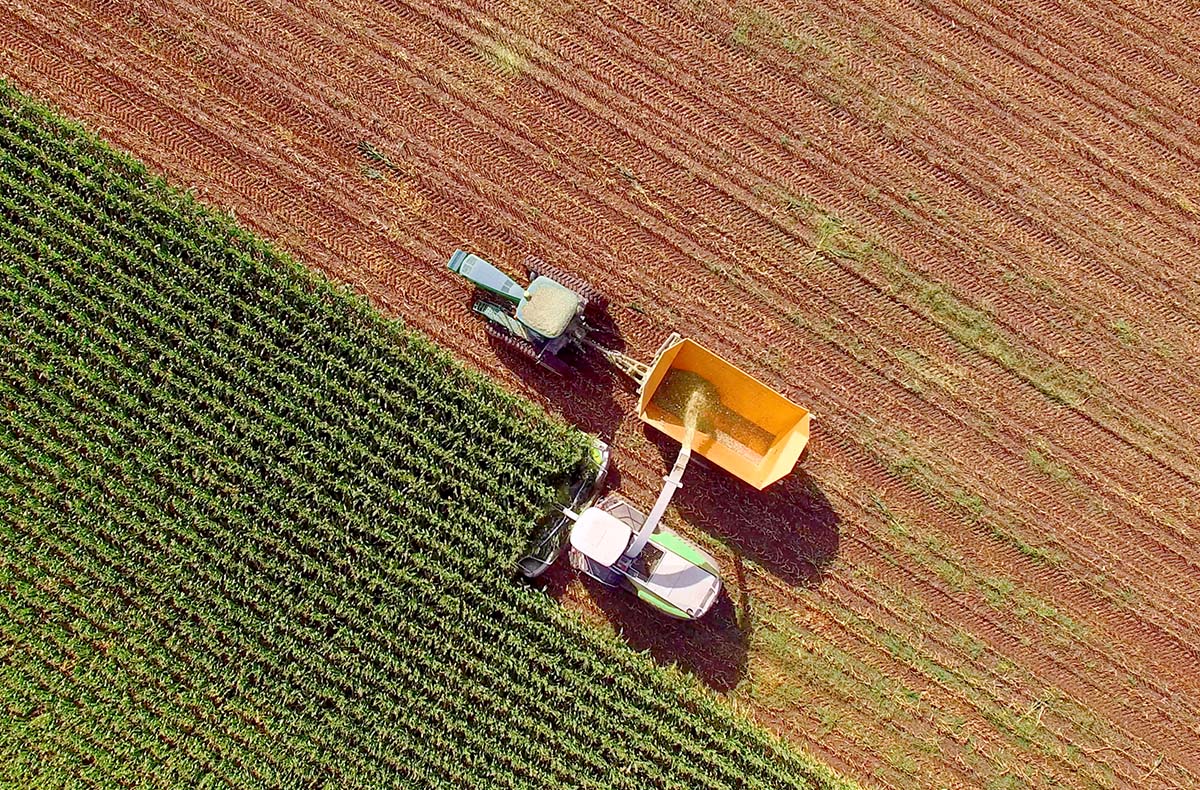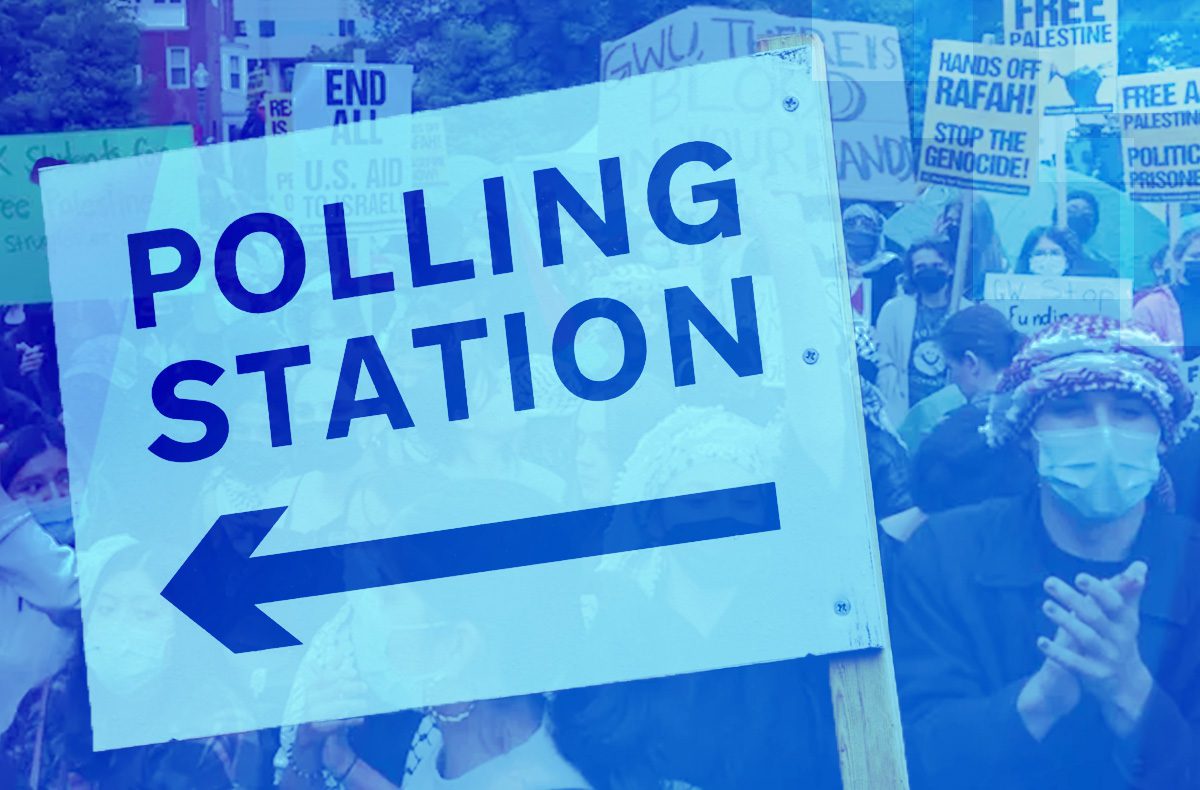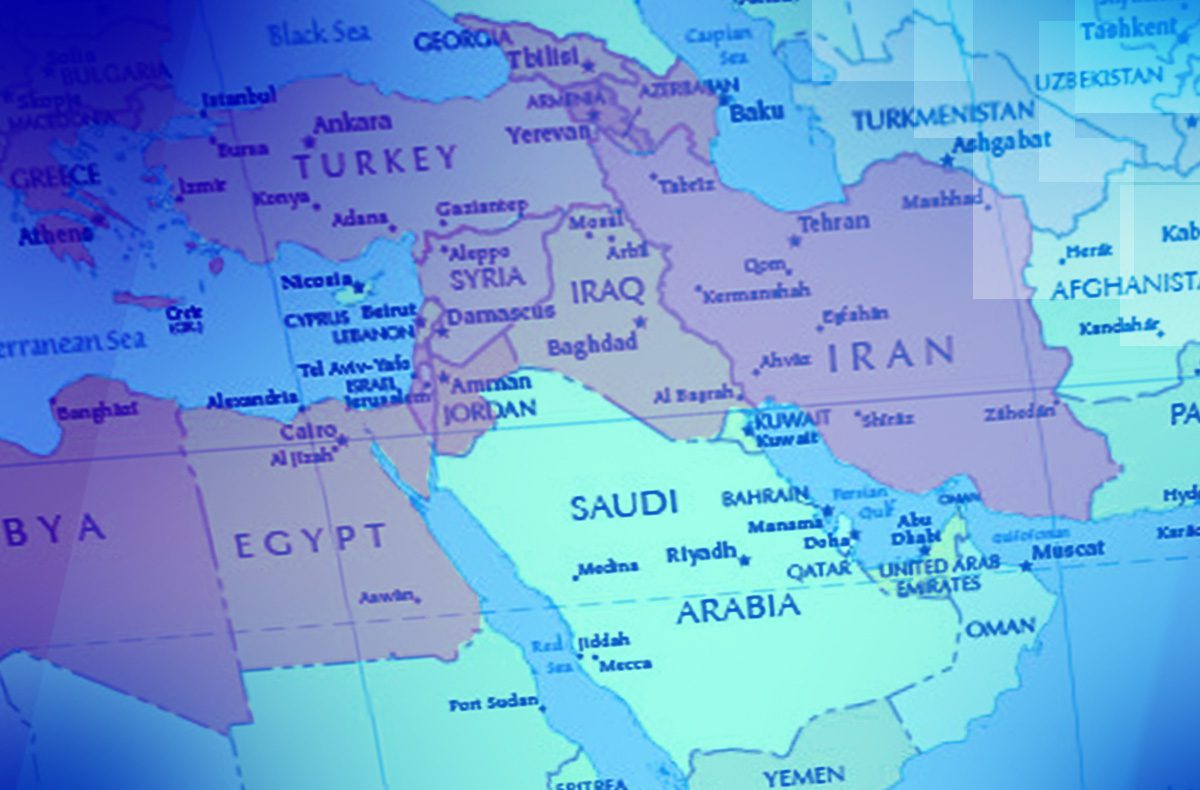
A large part of my life has been involved in savoring, appreciating, and sharing fresh-grown food with loved ones. Helping maintain my family garden, volunteering at community gardens throughout New York, and working on a small farm stand in Long Island have taught me that planting and growing food is an involved process that must be carefully managed and monitored.
This in-depth perspective on New York’s agricultural systems and processes, left me curious to understand the agricultural business more broadly, so I completed a mentorship with NYU professor Dr. Christopher Schlottmann; he and I investigated the environmental impacts of certain farming practices.
Agricultural effects on climate change
According to the United Nations, 10 million acres of vegetated land are destroyed annually; about 90% of this deforestation is due to the expansion of agricultural land use –of which 49.6% is for crops, and 38.5% is for livestock farming.
And the issue is only getting worse.
Due to the growing population, the food industry will weaken with less land to use for agricultural practices and more mouths to feed. In time, soil nutrient levels will be irreparably damaged, and limited solutions will be left to cure this outcome. Therefore, effectively managing the agriculture industry today is crucial.
In order to address this broad issue, we need to consider all the factors that contribute to it. For example, the market does not support the multitude of farmers worldwide; it will only prioritize more large-scale, successful farms. Smaller farmers need more economic support to fund sustainable practices.
Another probable influence could be poor environmental governance. Under-investment, mis-investment, and policy bias contribute to weak environmental protection governance, like the recent anti-ESG bill blocked by U.S. President Joe Biden.
Nevertheless, the farmer is the primary agent to consider when evaluating the issue. Farmers have an enormous responsibility to protect land and ensure environmental sustainability. Easier said than done. For smaller farmers especially, it is challenging to practice sustainability and environmental conservation—certain factors restrict them.
What’s blocking small farms from sustainable agriculture?
Eager to identify these factors, I interviewed numerous farmers on the North Fork of Long Island to examine their ability to be sustainable when dealing with certain conflicts, such as:
- environmentally harmful irrigation systems
- lack of financial stability
- lack of fair compensation for employees
- and minimal land expansion opportunities
Through the significant amounts of water required to yield sufficient produce, it has become increasingly evident to farmers that “water is a commodity that may not always be available.”
Irrigation standards for farms have changed in the past few decades; farmers used to implement overhead irrigation but now use drip irrigation, which specifically targets the 12 to 18-inch root zone of crops, making the irrigation process more precise and water-efficient. Drip irrigation allows farmers to “water in the same amount of time, but use fewer gallons.” Although these irrigation practices are environmentally conscious, they are also costly. Many farmers need help, as water conservation practices usually require more maintenance.
And of course, most things are possible if you have the resources to fund them, but increasingly, many North Fork farmers have had to prioritize their financial interests ahead of sustainability so they can grow and remain profitable. In addition, the consumer market does not support North Fork small farmers—particularly if they compete against larger farms. Due to low sales volumes, they cannot meet the standards of the high-value food economy.
The challenging market dynamic encourages some farmers to intensify fertilization to increase yield and profit, which can directly disrupt soil nutrition and the health value of the crops. To stimulate local farming economies with their low-emissions farm-to-table capacity, these farmers need more help.
North Fork farmers are also experiencing labor shortages; certain sustainable farming practices require more labor than the mass-production, harmful farming practices. No-till and reduced tillage farming require additional manual labor. Yet as minimum wage positions are hard to fill, these environmentally-protective practices cannot be utilized. Not to mention, due to and since the pandemic, there were significant population shifts and a cost-of-living crisis, making it more difficult for farmers to find skilled, driven employees that can live on the wages being offered by the farmers.
Lastly, land availability is the biggest challenge faced by North Fork farmers. For farming businesses to prosper, they need more land suitable for agricultural use, which requires clearing and changing land, damaging local climate and water conditions.
And this completes the vicious cycle: Small farmers with limited land use yield less produce, thus requiring more labor and fertilizer to increase the food supply for growing demands efficiently. However, intensifying agricultural production on small sections of land can sometimes result in local environmental damage. In addition, farmers in the North Fork had expressed that, due to the increased population of the North Fork and, thus, increased housing demand for undeveloped land, the land costs have soared…if you can even find it.
The solution: AeroFarms
Founded in 2004 by CEO David Rosenberg, AeroFarms is a large-scale commercial vertical farming business. There is currently one vertical farm in New Jersey with plans to expand—they are currently constructing other facilities in Virginia and Abu Dhabi.
A facility like AeroFarms would eradicate North Fork farmers’ concerns about irrigation, finances, compensation, and land availability through its aeroponic system, mass funding, and minimal land occupancy.
Aeroponics is a soilless way to grow plants, yet it does not require as much water as outdoor soil-based agriculture. This farming method mists water on plants’ roots, reducing water usage by 95%. Aerofarms has $238 million in funding from 13 different investors. Therefore, it is financially free to implement sustainable farming practices and economically stable enough to pay and support many skilled, passionate employees. Additionally, it occupies less horizontal space than traditional farming, offering 40 times the yield.
North Fork farmers will be able to collaborate with AeroFarms and learn from them to develop and ameliorate existing farming methods to be more environmentally responsible. The potential concerns of this project would include zoning restrictions, a shift in labor type, and project management.
We are at a crucial turning point for the environment, with only a few years to make significant changes. However, maintaining unsustainable and damaging agricultural practices massively contributes to the climate crisis. The lasting consequences may include damaged land, limited land, damaged crops, unsafe farming practices, and limited economic support. Change is possible.



